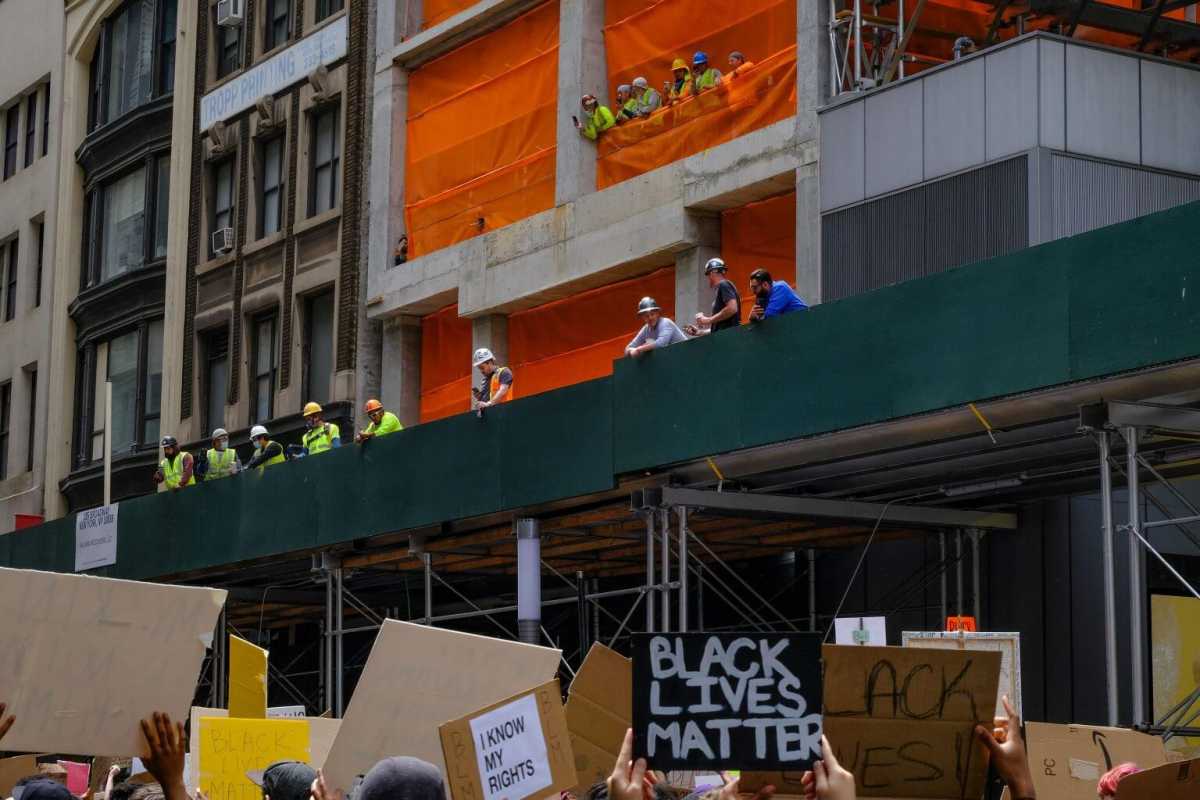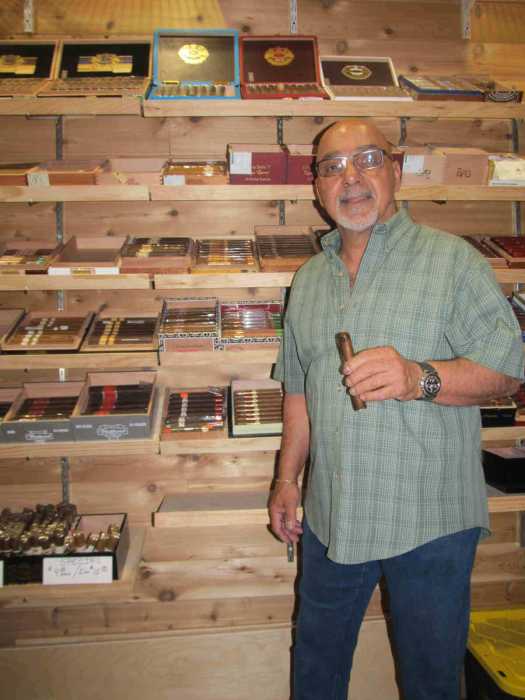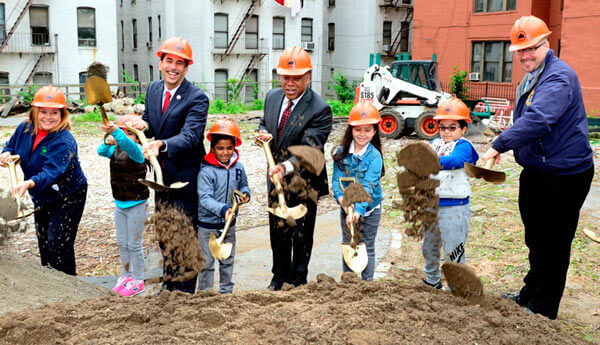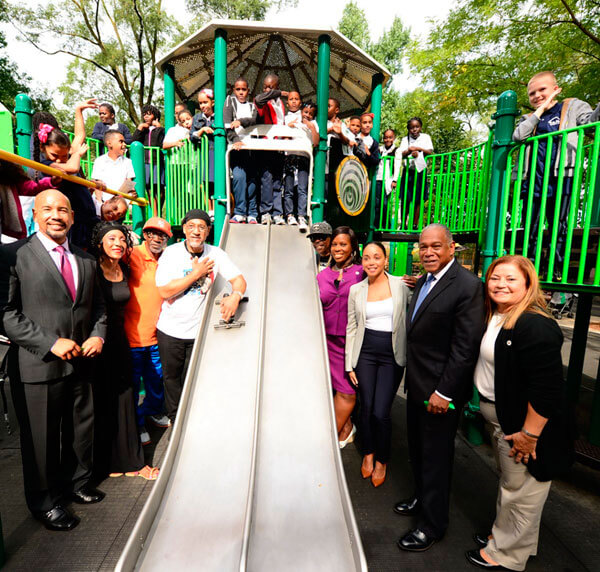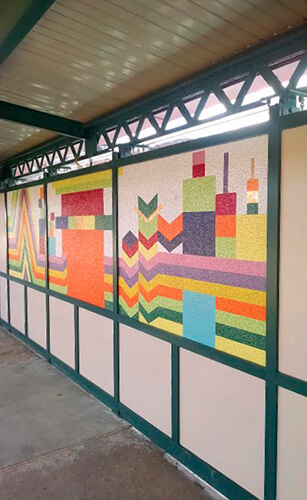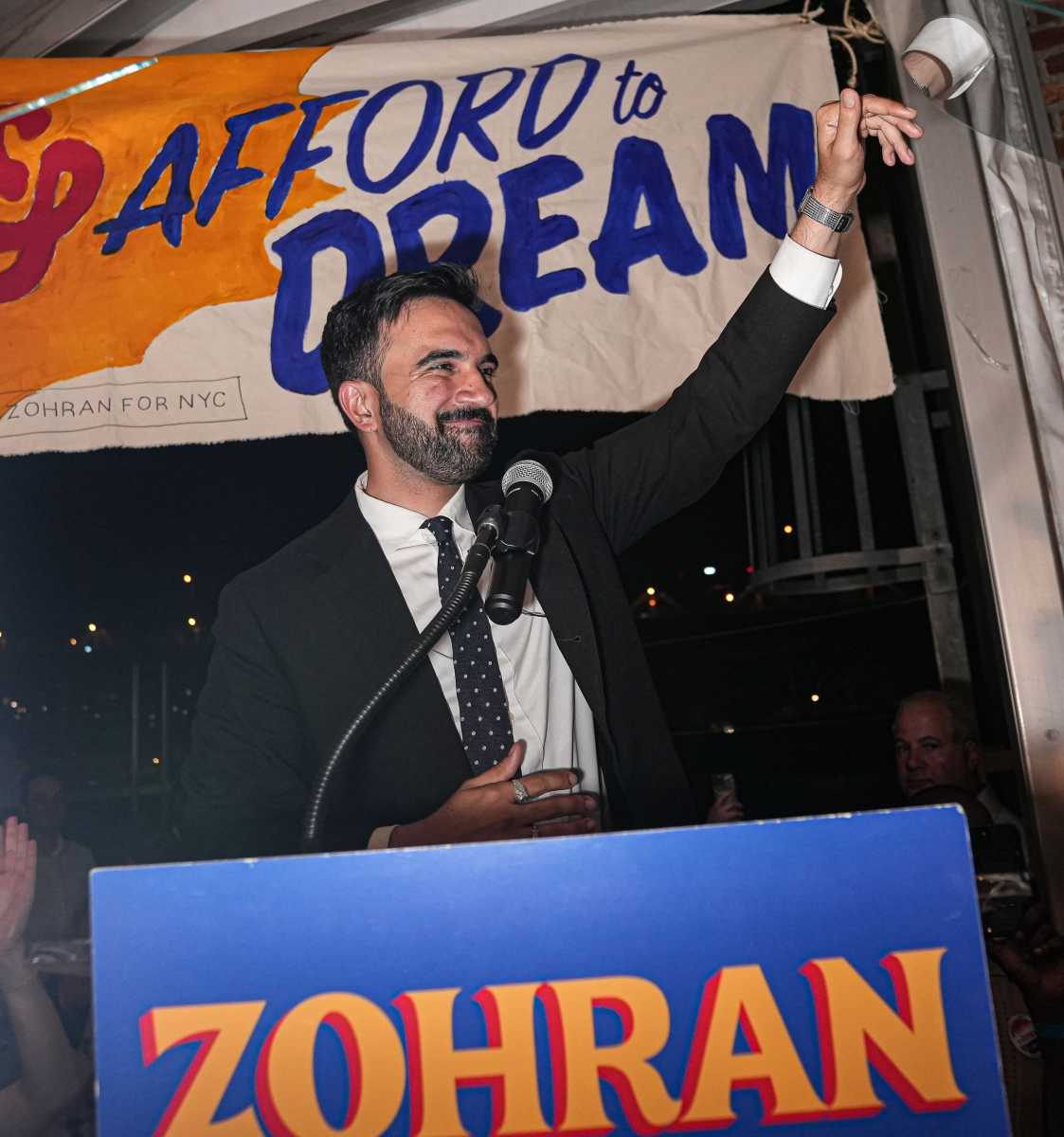By Mark Hallum
The recovery begins now for construction trades in New York City, the members of which are not only facing the usual occupational hazards, but the looming threat of COVID-19.
June 8 marked the beginning of the first phase reopening in the city allowing for those who build New York City to get back to work, but the union has a whole new role to play in keeping the spread of the disease away from their members.
Devon Lomax from District Council 9 of the International Union of Painters and Allied Trades says antibody testing, personal protective equipment and staggered schedules have been a new feature in protecting members, though many do not face the same hazards as some in the construction business as they often own their own respirators.
PPE is mostly being provided for workers traveling between work and home.
“Construction is always a risk, but in these kinds of times during COVID around there is some risk. It’s a construction site, but in New York in general in can be hard to get six feet away from another person at any time. That’s why we created the staggered times for workers to come in,” Lomax said. “As far as PPE and N95 masks, a lot of our painters, drywall painters and bridge painters, other than N95 masks they have respirators that they use for when they’re sanding walls.”
One DC9 worker, while over 80% of their members were unemployed at the height of the crisis, even lent his respirator to his wife who was a nurse, Lomax said. Bridge painters to begin with have PPE that goes above and beyond the CDC’s recommendations, according to Lomax.
With the union already in contracts for many of projects, Lomax said employers have not pushed back against demands to stagger shifts.
DC9 workers have been working throughout the pandemic as essential workers building the new terminals at LaGuardia Airport and chipping away at turning the Farley Building into the new Moynihan Train Hall in Midtown Manhattan.
Paul Capurso is the president of the New York City and Vicinity District Council of Carpenters and told amNewYork the organization has launched an extensive information campaign for its members, up to 30% of whom were unemployed at some point during the New York on PAUSE period.
“We stepped up a little more when we took to zoom and had workshops with 68% attendance,” Capurso said of the communications on safety and what to expect.
But the carpenters who were not unemployed were finding work building out hospital capacity as the state anticipated over 100,000 cases and such took measures triple hospital capacity.
“Early on we worked with a lot of hospitals with redesigning the space, we built temporary facilities. Unfortunately, we built some of the temporary morgues,” Capurso added. ” We had the opportunity to do a lot of highway work as well.
The DCC was able to pre-order 100,000 masks and Capurso says the employers have been cooperative in facilitating social distancing on the job site.
Lou Colletti, president and CEO of the Building Trades Employers Association, said dedication emergency funds helped their organization not only purchase face masks, but they acquired enough to donate to healthcare workers.
Temperature checks are mandatory to enter job sites, only two workers at a time are allowed in “shanties” and elevators, and disinfectant is available for employees and worksites. All in all, Colletti says the cooperation between trade workers, project management staff and government agencies.
“Very early on, we were faced with the challenge of getting face masks as much as others, we have dedicated labor-management funds for emergencies such as this, so we were able to go out and purchase large quantities for when we were able to work,” Colletti said. “Many of my contractors ended up donating thousands of masks to healthcare institutions, so we had more than enough.”
Every employer has to have safety plans in place and temperature checks have t be logged with the city Department of Buildings, according to Colletti.
“For us this is consistent with the way we responded to 9/11 and on Sandy. It’s not a surprise that we all came together and are working together,” Colletti said.
Even essential sights were operating at 25% to 30% due to difficulties with workers avoiding public transit. The overnight shutdowns of the subways between 1 and 5 a.m. helped boost productivity, Colletti said. But for those on non-essential work sights, about 60% to 70% went without a paycheck.

